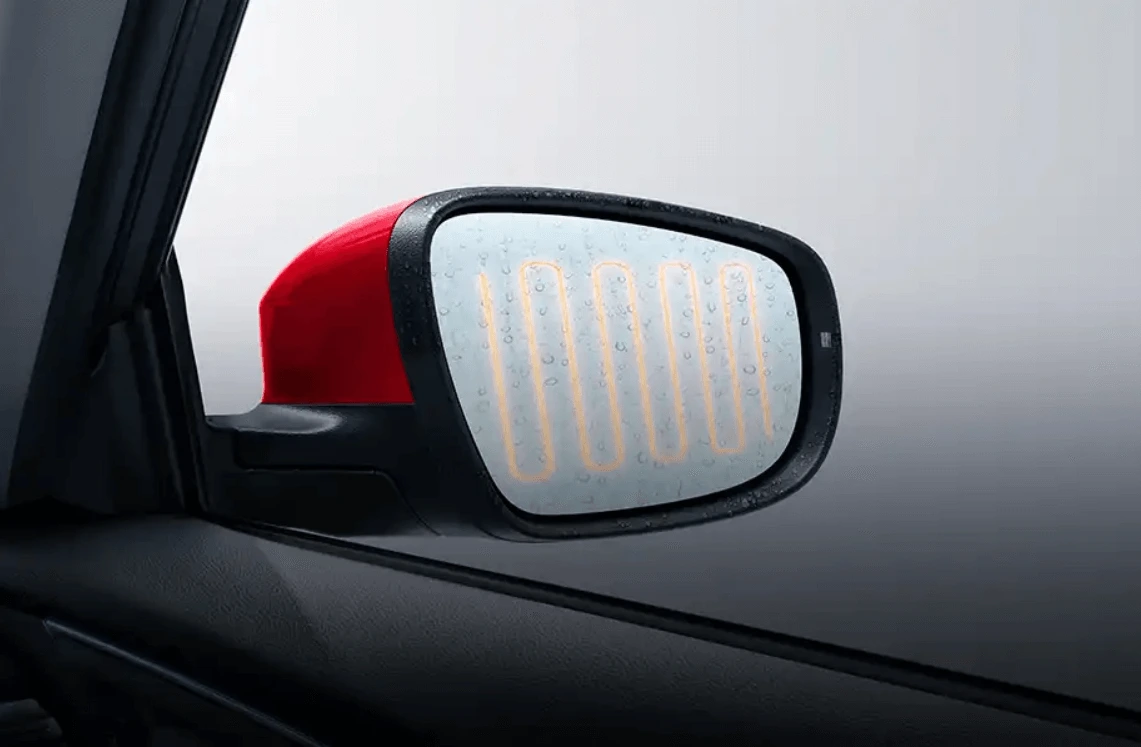
How to Maintain SUV Suspension for Daily Comfort
The suspension system is one of the most crucial components in maintaining driving comfort and stability, especially if you own an SUV designed for large capacity, family use, and diverse road conditions. This system absorbs shocks, maintains balance, and ensures the tires stay firmly in contact with the road surface.
Although SUVs are known for their toughness, their suspensions still require regular maintenance to maintain optimal performance. For those who frequently drive on uneven city roads or semi-off-road terrains, proper suspension care will greatly enhance both comfort and safety while driving.
This article provides a simple, practical guide on how to maintain your SUV suspension for longer lifespan and maximum comfort. From checking shock absorbers to the importance of wheel alignment and balancing, here are key steps you can follow to keep your SUV’s suspension in top condition.
1. Check Shock Absorbers Regularly
Shock absorbers are the main dampers that stabilize your vehicle when driving over bumpy or uneven roads. If they start to weaken, you’ll notice excessive bouncing, “thudding” sounds underneath the car, or visible oil leaks around the suspension area.
This usually happens due to loosened bolts or joints. If you spot signs of leakage or damage, have your car checked by a trusted mechanic immediately to avoid further issues. Generally, shock absorbers should be inspected every 10,000–20,000 km, and replaced every 50,000–80,000 km depending on driving conditions.
2. Avoid Overloading the Vehicle
Every SUV has a maximum load capacity set by the manufacturer. Exceeding this limit can shorten the lifespan of the suspension and place excessive strain on the undercarriage components. As a result, springs may sag faster, shock absorbers wear out prematurely, and ride comfort decreases.
For example, the Chery Tiggo 9 CSH, a seven-seater SUV, is designed to carry families and luggage comfortably over long trips. Meanwhile, the Chery J6 is ideal for semi off road use thanks to its strong and stable suspension structure. Still, avoid overloading to keep the suspension performing optimally.
3. Inspect Bearings and Bushings Regularly
Bushings act as dampers that reduce vibrations and noise between metal components in the suspension system. Bearings, on the other hand, reduce friction between moving parts and help stabilize the vehicle’s load.
Always ensure both components are in good condition, especially rubber bushings that may crack or harden over time. If they wear out, the car may vibrate, make unusual noises, or feel unstable when cornering. Routine inspections during scheduled maintenance help detect wear early.
4. Perform Wheel Alignment and Balancing
Wheel alignment and balancing are crucial for ensuring the wheels and suspension system are properly aligned. When the wheels are misaligned, the suspension works unevenly, accelerating tire and shock absorber wear.
Common signs your car needs alignment include a heavy steering feel, drifting to one side while driving straight, or noticeable vibrations at high speeds. By performing alignment and balancing every 10,000 km or after long trips, you can maintain both driving comfort and suspension longevity.
5. Use the Recommended Oil and Components
Shock absorber oil and replacement parts such as springs, bushings, or bearings should always meet manufacturer specifications. Using non-standard oils or parts can alter the suspension’s characteristics and reduce ride comfort.
For instance, Chery’s modern SUVs are equipped with MacPherson Strut, Torsion Beam, and Multi-Link Independent suspension systems designed to deliver premium-level comfort. Proper maintenance using the recommended components and fluids ensures these systems remain durable and perform optimally.
Why SUV Suspension Maintenance Matters?
Suspension is not just about comfort, it’s a critical safety component that ensures vehicle stability and control. It absorbs vibrations, distributes vehicle weight evenly, and keeps the tires in full contact with the road.
When neglected, worn suspension parts can make the car feel harsh and unstable, accelerate tire wear, reduce fuel efficiency, and even affect steering performance. Regular suspension maintenance not only preserves comfort but also ensures safety and efficiency on any road condition.
Signs Your SUV Suspension Needs Service or Replacement
If you notice any of the following while driving, it’s time to schedule a check-up at your car dealer or service center:
- Unusual noises from underneath the vehicle
- The car feels wobbly or unstable
- Steering feels imprecise
- Tires show uneven wear
Ignoring these signs can lead to further damage and compromise safety. Besides reducing comfort, worn suspension parts can affect other components as well. Regular inspections will help ensure your SUV stays in excellent condition.
If you own a Chery SUV, you can easily have your suspension inspected and serviced at the nearest authorized Chery dealer. Skilled technicians will ensure your vehicle’s suspension system performs according to factory standards, backed by attractive after sales support for every model. This way, you can enjoy a smooth, stable, and safe driving experience on all types of roads.






